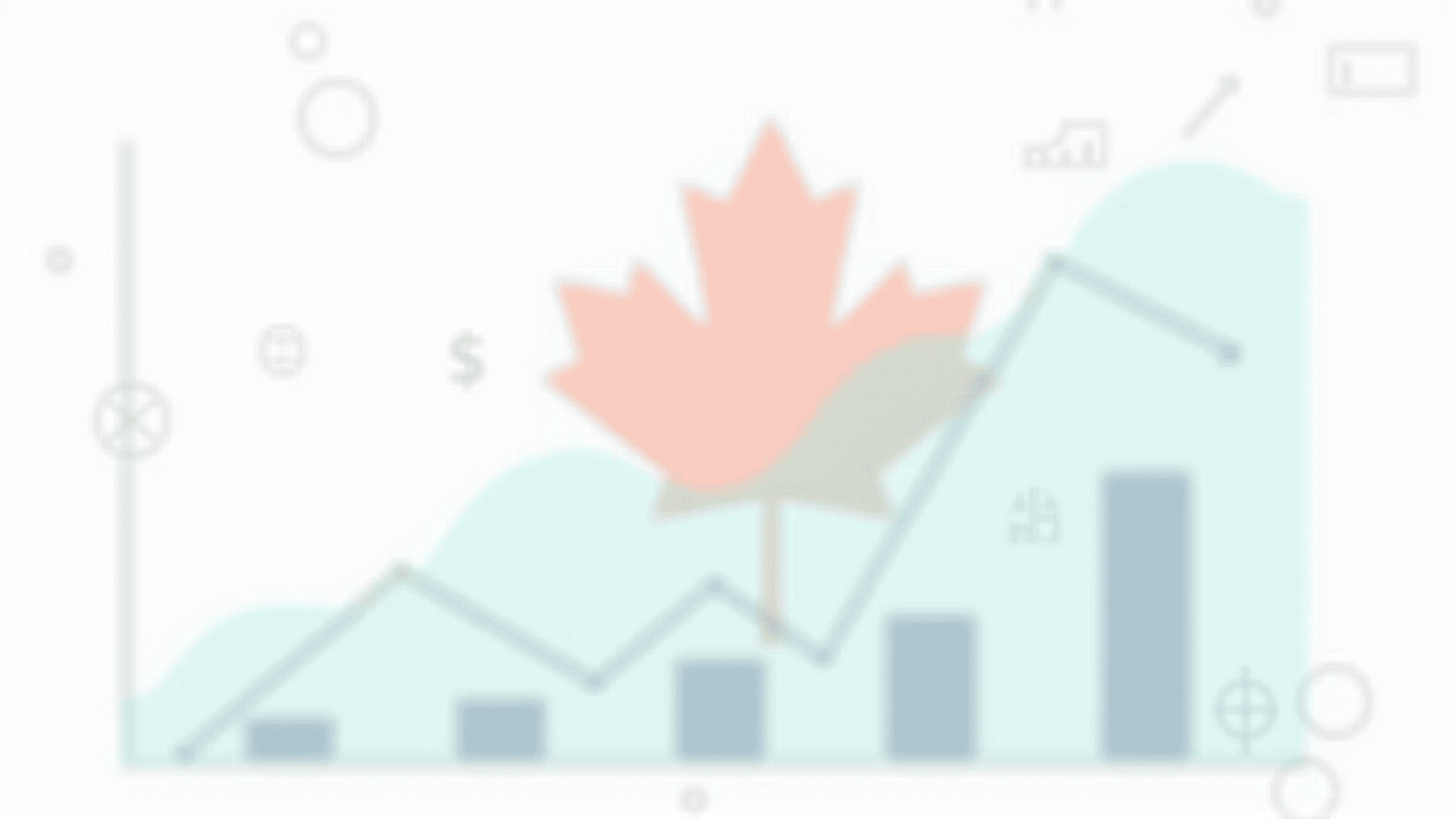Understanding the patterns that shape the financial landscape of Canada requires a comprehensive exploration of various elements interacting within both domestic and international arenas. This intricate web of influences dictates how the nation positions itself in the broader global scene, often reflecting trends that affect economies worldwide.
One pivotal factor impacting Canada’s economic direction is its wealth of natural resources. The country’s abundance of oil, gas, minerals, and timber significantly shapes its economic activities. The demand for these resources on a global scale often dictates aspects such as employment rates and national revenue, as exports remain a central avenue for economic growth. Resource prices can fluctuate based on global conditions, making Canada's economy sensitive to these shifts.
A second considerable influence is technological innovation and its adoption across various industries. Advances in technology not only foster efficiency and productivity but also create new industries and redefine existing ones. Canada's thriving tech sector contributes to economic growth, attracting global talent and fostering a culture of innovation. As businesses and consumers increasingly rely on technology, the potential for economic transformation grows.
Trade relations also play a fundamental role in shaping Canada’s economic trends. Being part of several trade agreements facilitates access to global markets, enhancing export opportunities and imports, thus impacting domestic markets. Trade policies and partnerships with other countries, especially with its neighbor the United States, have significant repercussions on Canada's economic trajectory.
Demographics are another essential element affecting economic trends. Canada’s population growth, driven largely by immigration, provides a steady stream of labor and consumer market expansion. This demographic shift influences housing demand, services, and the broader economy, as new residents contribute to the nation's diversity and economic robustness.
Additionally, monetary policies and fiscal strategies implemented by the government and financial institutions directly influence economic conditions. Decisions regarding interest rates, taxation, and government spending are instruments used to stabilize and promote economic growth. These policies are also pivotal in responding to global economic dynamics, such as inflationary pressures and changing international markets.
Furthermore, environmental considerations are increasingly becoming a significant economic driver, with sustainability and green investment gaining momentum. Canada’s commitment to reducing carbon emissions and promoting clean energy is not only an environmental imperative but also an economic opportunity. This transition towards sustainable practices has the potential to reshape industries and create new markets.
In conclusion, Canada’s economic trends are a reflection of a confluence of factors, each playing a critical role in shaping the nation's economic stance. From leveraging natural resources and embracing technological innovation to navigating trade relationships and demographic shifts, Canada must continually adapt to align with and thrive in the global economic environment. Through strategic policy decisions and sustainable practices, the nation can continue to foster economic resilience and growth.
